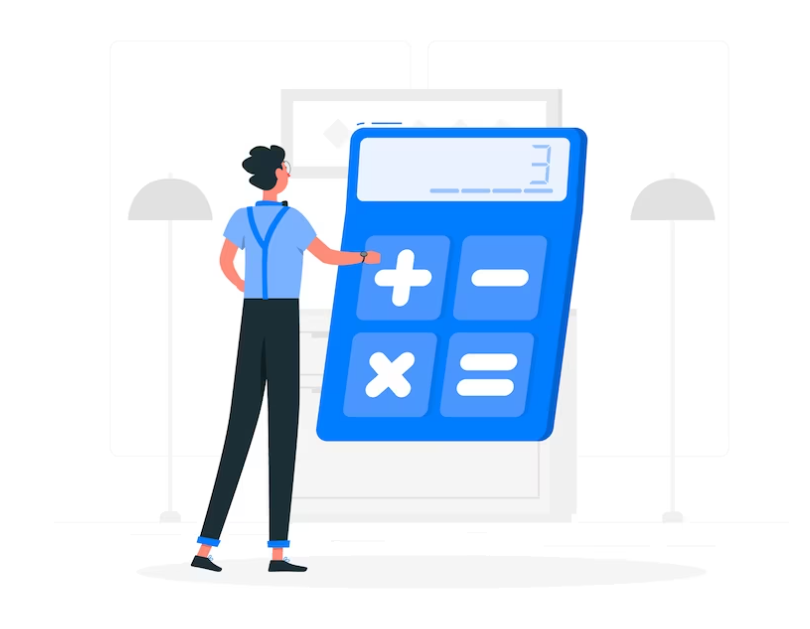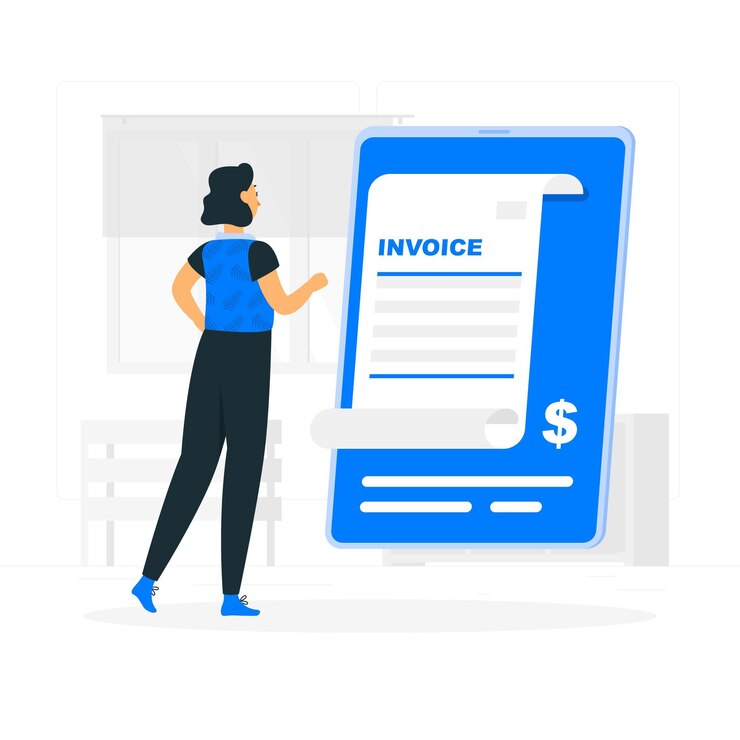RPA FOR CLOSE PROCEDURES & RECONCILIATIONS

Accounting reconciliation and closing procedures are essential for any organization, regardless of size. Finance departments and small business owners have to put in a lot of work on a weekly, if not daily, basis.
Professionals in finance and accounting are always under pressure to close their accounts quickly and accurately. However, it gets harder and harder to accomplish this utilizing laborious manual procedures when hundreds of reconciliations are carried out on a daily basis.
These problems can be solved by robotic process automation (RPA), which enhances current procedures while automating repetitive, high-volume, sophisticated manual operations that are frequently completed by finance and accounting professionals.
WHY ARE FINANCE AND ACCOUNTING USING RPA?
we have proudly partnered with the world’s top RPA technology and platform providers that offer the most advanced capabilities in order to help fulfill your accounting needs.
For banking and accounting professionals, RPA can help automate complex cross-referencing and validation of information from your bank. RPA also applies common rules-based procedures to reduce close times and improve the turnaround for management reporting.
Essentially, this helps reduce the amount of time spent on manual tasks and processes, and improve the speed and accuracy of their close process.
Below, we’ll take a deeper look into RPA and how it can simplify bank reconciliation and close processes.

WHAT IS RPA?
To put it simply, robotic process automation (RPA) leverages software to automate commercial tasks that would typically require human intervention. An firm can set up "bots" to handle nearly any repetitive, boring, time-consuming business process using RPA technology.
These jobs can be time- and resource-consuming when done by people. However, these procedures are completed more rapidly with RPA automation solutions in place, giving your employees more time to concentrate on higher priority, higher value work. Additionally, this lowers operating expenses.
RPA extracts documents and data, including data files and registration data files, and checks for discrepancies, which are subsequently recognized, in the context of reconciliations and closing procedures. Even more, RPA bots may look into these differences, correct mistakes, and complete and shut the entries.
WHY ARE FINANCE AND ACCOUNTING USING RPA?
RECONCILIATION OF BANKS AND CLOSE PROCEDURES
RPA is the perfect technology for close procedures and reconciliations.
This is the reason why: Balance sheets, invoices, and accounting records are necessary for reconciliations and closing procedures. In order to match the payment details with company data, RPA may quickly access these documents and gather the necessary information.
Additionally, rules-based procedures that necessitate access to several systems, including banks, third-party service providers, ERP or payment systems, are used in reconciliation. Not only can RPA bots safely and easily access all of these systems, but they can also precisely execute intricate tasks that frequently go wrong when done by hand.
AMONG THESE PROCEDURES ARE:
- Introducing fresh reconciliations
- Making month-end reconciliations easier
- completing the vendor reconciliation
- Managing the intercompany reconciliation process
- Taking care of foreign exchange accounts
- carrying out balance sheet verifications
- Overseeing outside vendors
- Verifying the payments
- looking for payments that have been made twice
- comparing the bank statement’s line items to the general ledger
- reconciling credit card and debit card receipts

RPA even assists in automating time-consuming, straightforward procedures that are often completed by hand, like:
- launching the screens and entering the accounts
- Opening and downloading documents and spreadsheets
- handling of invoices
- Examining forms to identify any information gaps

Organizations that automate all of the aforementioned duties and procedures stand to gain the following advantages:
- Things get done faster and with fewer mistakes.
- Every stage of the process is documented in the reconciliation history, enabling complete tracking.
- Irrespective of the quantity of firms, banks, and accounts you oversee, procedures are more efficient, standardized, and regular. Information and computations are more precise and conforming.
- More time for staff to concentrate on higher priority jobs
- Errors can be found and fixed before they have an impact on downstream processes or calculations.
- carrying out balance sheet verifications
- Overseeing outside vendors
- Verifying the payments
- looking for payments that have been made twice
- comparing the bank statement’s line items to the general ledger
- reconciling credit card and debit card receipts
ACCOUNTING AND FINANCIAL REPORTING
RPA is also a useful tool for general accounting duties and financial reporting. Finance and accounting departments can use it to assist with the following tasks:
DISTRIBUTING INVOICES AUTOMATICALLY
COLLECTING AND RECONCILING DATA RELATED TO TAXATION
MONITORING PAYMENT DETAILS FROM CUSTOMERS
VERIFYING THE VENDOR'S INVOICES AGAINST THE PURCHASE ORDER
EXPENSES ASSOCIATED WITH PROCESSING
IMPROVING OVERALL LEDGERS
AUTOMATING PAYABLE AND RECEIVABLE ACCOUNTS
DIFFICULTIES IN RECONCILIATION ACCOUNTS WITHOUT AUTOMATION
Notwithstanding the plethora of advantages that RPA offers, many businesses still perform data reconciliation using pen and paper or an excessive number of Excel spreadsheets.
The result is that accounting and finance departments deal with a lot of difficulties.
Among these are:
INCONSISTENCIES AND ERRORS
When processing a lot of transactions and sub-ledgers by hand and navigating multiple external systems, accounting and finance professionals run a high risk of making mistakes.
Inaccurate sums, duplicate entries, and inconsistent dates and times are examples of this type of inaccuracy.
This is because the Core Banking System needs to download and analyze a significant amount of files. The complexity of time norms, file kinds, and procedures increases with a large number of distinct process scenarios, which can result in mistakes, inconsistencies, and problems with data integrity.
Furthermore, manually comparing, retrieving, and updating records is time-consuming and more likely to result in expensive errors because account records are reconciled across multiple places.


INSUFFICIENT VISIBILITY
It is exceedingly difficult to have real-time visibility into the status of reconciliations and exception reporting when manual methods are used.
DIVIDED DATA
Any kind of uniformity is hard to arrive by when there are several reconciliation formats being used. The end effect is frequently inconsistent data and error-prone reconciliations.
It will also be difficult for anyone in your business who needs access to your reconciliations to do so without appropriate standardization.
IMPOSSIBLE TO SCALE
Any organization, no matter its size, needs to be able to react fast and precisely to any circumstance; sadly, teams cannot accomplish this by relying solely on Excel.
For example, Excel can make it difficult for your medium-to-large sized firm to grow because it doesn’t have any meaningful process automation or an underlying database.
TIME IS SLAUGHTING
Employees are compelled to devote all of their time to monotonous, repetitive work when high-value jobs are accomplished manually, rather than concentrating on more important duties.
In fact, according to an EY report, 59% of the resources in the finance department are used for transaction-intensive tasks.
It’s crucial to understand that RPA does not aim to replace human workers with automated systems.
It’s actually the exact opposite. You may increase productivity, complement particular tasks using RPA, and provide your team with time and mental clarity. Your team will feel empowered to concentrate on more significant, fruitful work as a result. These could involve looking into anomalies, observing patterns, offering analysis, counseling the company, and supplying significant financial data to influence the future of their firms.

